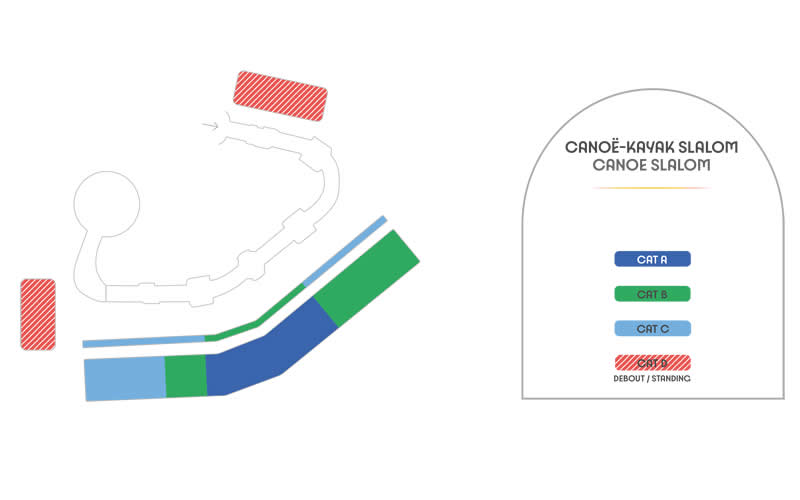- T20WC
- T20 World Cup
- India vs Pakistan T20 World Cup
- Pakistan T20 World Cup
- Group A T20 World Cup
- Group B T20 World Cup
- Group C T20 World Cup
- Group D T20 World Cup
- New Zealand T20 World Cup
- Italy T20 World Cup
- Netherlands T20 World Cup
- Canada T20 World Cup
- Bangladesh T20 World Cup
- South Africa T20 World Cup
- Australia T20 World Cup
- USA T20 World Cup
- Namibia T20 World Cup
- India T20 World Cup
- West Indies T20 World Cup
- Afghanistan T20 World Cup
- Oman T20 World Cup
- Ireland T20 World Cup
- Nepal T20 World Cup
- England T20 World Cup
- Sri Lanka T20 World Cup
- T20 World Cup Super 8
- Olympic
- Winter Olympic
- Winter Olympic Opening Ceremony
- Olympic Nordic Combined
- Olympic Ski Jumping
- Olympic Ski Mountaineering
- Olympic Bobsleigh
- Olympic Figure Skating
- Olympic Luge
- Olympic Skeleton
- Olympic Speed Skating
- Olympic Biathlon
- Olympic Curling
- Olympic Ice Hockey
- Olympic Short Track Speed Skating
- Olympic Snowboarding
- Olympic Alpine Skiing
- Olympic Cross Country Skiing
- Olympic Freestyle Skiing
- Winter Olympic Closing Ceremony
- FIFA
- FIFA World Cup
- Group A FIFA World Cup
- Group B FIFA World Cup
- Group C FIFA World Cup
- Group D FIFA World Cup
- Group E FIFA World Cup
- Group F FIFA World Cup
- Group G FIFA World Cup
- Group H FIFA World Cup
- Group I FIFA World Cup
- Group J FIFA World Cup
- Group K FIFA World Cup
- Group L FIFA World Cup
- FIFA World Cup Group Stage
- FIFA World Cup Round of 32
- FIFA World Cup Round of 16
- FIFA World Cup Quarter Final
- FIFA World Cup Semi Final
- FIFA World Cup Bronze Final
- FIFA World Cup Final
- Mexico FIFA World Cup
- USA FIFA World Cup
- Canada FIFA World Cup
- RWC
- Rugby World Cup
- Pool A Rugby World Cup
- Pool B Rugby World Cup
- Pool C Rugby World Cup
- Pool D Rugby World Cup
- Pool E Rugby World Cup
- Pool F Rugby World Cup
- Rugby World Cup Round of 16
- Rugby World Cup Quarter Finals
- Rugby World Cup Semi Finals
- Rugby World Cup Bronze Final
- Rugby World Cup Final
- South Africa Rugby World Cup
- New Zealand Rugby World Cup
- England Rugby World Cup
- Ireland Rugby World Cup
- France Rugby World Cup
- Argentina Rugby World Cup
- Australia Rugby World Cup
- Fiji Rugby World Cup
- Scotland Rugby World Cup
- Italy Rugby World Cup
- Wales Rugby World Cup
- Japan Rugby World Cup
- Georgia Rugby World Cup
- Uruguay Rugby World Cup
- Spain Rugby World Cup
- USA Rugby World Cup
- Chile Rugby World Cup
- Tonga Rugby World Cup
- Samoa Rugby World Cup
- Portugal Rugby World Cup
- Romania Rugby World Cup
- Hong Kong Rugby World Cup
- Zimbabwe Rugby World Cup
- Canada Rugby World Cup
- Boxing
- Tennis
- Golf
- Cricket
- Rugby
- Football
- NFL
- Super Bowl LX
- Atlanta Falcons
- Minnesota Vikings
- Miami Dolphins
- Los Angeles Rams
- Cleveland Browns
- Pittsburgh Steelers
- Denver Broncos
- New York Jets
- Indianapolis Colt
- Washington Commanders
- Kansas City Chiefs
- Jacksonville Jaguars
- Los Angeles Chargers
- NFL International
- NFL London
- NFL Sao Paulo
- NFL Dublin
- NFL Berlin
- NFL Madrid
- Festivals
- Events
Olympic Canoe Slalom Tickets
CSL01 M - Canoe: heats / W - kayak: heats - Summer Olympics - Paris Olympic 2024 Sat 27 Jul 2024 15:00 Vaires sur Marne Nautical St. Whitewater Canoe slalom, Vaires sur Marne, France
 +1 (347) 391-0177
+1 (347) 391-0177
 +44 (0) 207 6648-627
+44 (0) 207 6648-627
150% Money Back Guarantee

The Vaires-sur-Marne Nautical Stadium, delivered in June 2019, will host the Olympic rowing and canoe-kayak events, and the Paralympic para-rowing and para canoe-kayak events at the Vaires-Torcy leisure complex in 2024. The French Rowing and Canoe-Kayak Federations are delighted with this brand-new Nautical Stadium, which was the first newly developed Olympic facility to be delivered, in 2019. Designed by the architects Auer+Weber+Assoziierte, the complex is structured around three core features of the Vaires-Torcy leisure base: the lake, the white-water stadium and the living area, which includes the new buildings with a landscaped roof that can be accessed for walks. The 4,400 sqm sports centre comprises the new white-water stadium and its two courses over 300 and 150 metres; the 2,200m rowing and sprint canoe-kayak course, equipped with a finishing tower; a sports medicine centre; a weight-training centre; various administrative spaces and a media centre. In addition to a training and accommodation centre. This outstanding hub will bring together the representative bodies of these water sports and welcome athletes of all levels: for canoeing-kayaking, it is already home to the headquarters of the French Federation and its regional committee, as well as its national and youth hubs; for rowing, it will be home to the Île-de-France Rowing League and its youth hub, as well as the French Rowing Federation’s logistics platform. The overall complex is an international centre of excellence for sport. Along with Beijing and Sydney, it is one of three sites in the world with the facilities needed to host the Olympic and Paralympic canoe-kayak and rowing events.
CSL01 M - Canoe: heats / W - kayak: heats
Scheduled events (subject to change):
Men's Canoe Heats
Women's Kayak Heats
